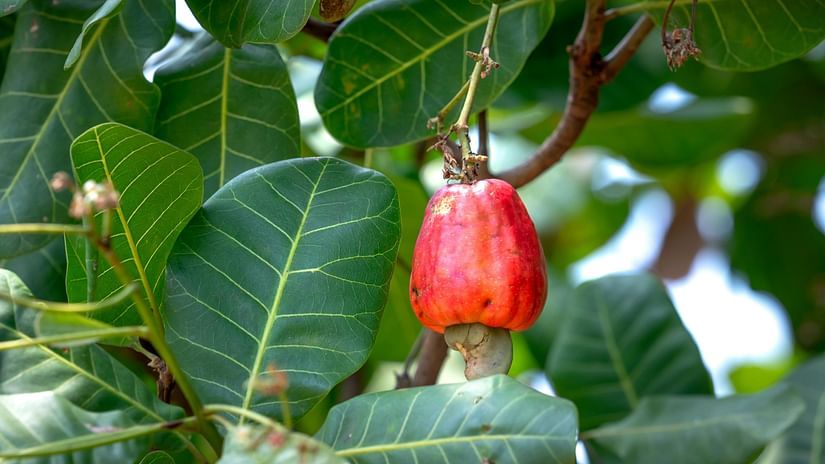- Snowfall in Kasauli
- Holidays in Goa
- Local Food in Kasauli
- Staycation in Goa
- Goa Trip in January
- Backpacking Trip To Goa
- Holiday in Kasauli
- New Year Celebration in Kasauli
- Local Food in Goa
- Offbeat Places in North Goa
- Kasauli in Winter
- Upcoming Events in Goa
- Weekend Trip to Goa
- Things to Do in North Goa
- Kasauli Sightseeing Places
- Unexplored Places in North Goa
- Adventure Activities in Kasauli
- North Goa Tourist Places
- Monsoon in Goa
- Best Food in Goa
- Places to visit in Kasauli
- Places to Visit in Goa
- Kasauli Tourism
- Places to Visit in North Goa
- Adventure Sports in Goa
- Best Places near Kasauli
- Goa Feni
- Best Time to Visit Goa
- Best Foods in Kasauli
- Waterfalls in North Goa
- Churches in Goa
- Best pubs in North Goa
- Mall Road in Kasauli
- Best Cafes in North Goa
- Best Sunset Points in North Goa
- Best Places to Celebrate New Year in Goa
- North Goa Itinerary for 4 Days
- Different Foreigner Beach in North Goa
- Staycation in Kasauli
- Kasauli Toy Train
- Best Restaurants in North Goa
- Workation in Goa
- Best Beaches of North Goa
- North Goa vs South Goa
- Must-visit Beaches in North Goa
- Things to Do in Goa at Night
- Best Hotels in North Goa for Family
- Things to Do In and Around Anjuna
- Best Time to Visit Kasauli
- Things to Do in Kasauli
- Water Sports in North Goa
- Hippie Culture in Goa
- Weekend Getaway Near Chandigarh
- Nightlife in North Goa
- Arpora Night Market
- Anjuna Flea Market
- India's First Brewery
Feni is more than just a treat for your tastebuds—it's a refreshing beverage perfect for unwinding after a sweltering day by the Arabian Sea. Here is a guide to enjoying the famous Goa feni like a local.
Fascinating Feni Production
The cashew fruit, often seen as a byproduct in the cashew industry, has long been utilised by the feni industry. This fruit, which grows alongside the cashew nut, is treasured by feni producers in Goa. When the ripe cashew fruits fall from the trees, they are deseeded and traditionally crushed by feet to extract the juice.


The extracted juice, called neero, then undergoes natural fermentation without any added yeast. The wild yeast strains present in the environment convert the sugars in the neero into high-quality alcohol. Once the neero has fermented, it is ready for distillation, which is carried out in traditional earthenware or copper pots known as bhatti.
This distillation process yields two different varieties of feni. A single distillation results in a product called urrak, which is not as strong as the renowned feni. However, a second distillation, after the addition of a batch of fresh neero, produces the feni that the makers aim for. During this second process, the hot vapours of the alcohol are passed through a coil immersed in cold water, producing the cherished feni. This is then stored away for maturing.
This distillation process yields two different varieties of feni. A single distillation results in a product called urrak, which is not as strong as the renowned feni. However, a second distillation, after the addition of a batch of fresh neero, produces the feni that the makers aim for. During this second process, the hot vapours of the alcohol are passed through a coil immersed in cold water, producing the cherished feni. This is then stored away for maturing.
How Feni Came to Exist
When the Portuguese arrived in Goa in the 16th century bringing cashew trees with them, Goa found itself dotted with several of these foreign trees. The local alcohol-makers of the regions soon found themselves drawn to the cashew fruit and found a way to imbibe their local fermentation process into this fruit.


Feni Hurdles
Goa Kaju Feni, although a part of Goa's culture today did not have an easy journey. When the Portuguese realised that the Feni was gaining popularity and affecting their alcohol imports they implemented a ban on the refreshing local drink. The locals did not give up and resorted to hiding their produce and locals have it that even today these hidden feni can be found stored underground.
How to Drink Feni
Goa Cashew Feni, a fiery drink with an alcohol content of 42% to 45%, is best enjoyed when sipped slowly. This drink pairs excellently with local delicacies such as Xacuti or spicy fish curry, as it cuts through the oiliness of these dishes with a refreshing buzz. Appreciate the distinct aroma of this drink, and when savoured as a cocktail, it is best paired with kokum or cashew juice.


Feni after Independence
Even after India's independence, a temporary ban on feni production remained in place due to Portuguese rule in Goa. It was only after Goa gained independence from the Portuguese in 1961 that the coastal area was finally able to legally produce feni again. In 2009, modern feni gained its Geographical Indication (GI) tag, officially recognizing feni's origin and production methods in Goa.
Elevate your Goa experience at White Pearl Suites, our premier hotel in North Goa. This luxury property offers memorable views of crashing waves and tranquil nature. It is ideally located near popular beaches such as Candolim, Anjuna, and Baga, making it the perfect base for your Feni adventures.